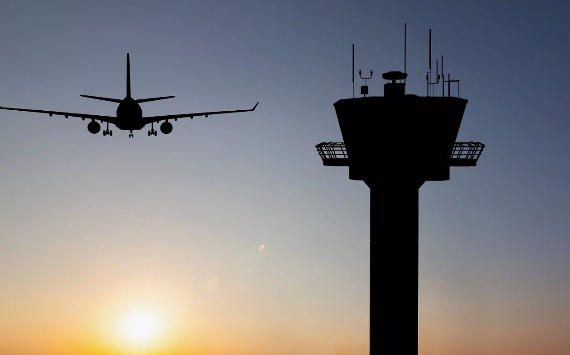Air Traffic Control Day

On July 6, we enthusiastically celebrate National Air Traffic Control Day! This date is particularly significant as it marks the anniversary of the establishment of the air traffic control system in the United States. Each year, we take this opportunity to acknowledge and celebrate the expertise, dedication, and innovation of the men and women of the Federal Aviation Administration (FAA) who play a crucial role in managing our skies.
About the holiday
Brief History of the Holiday
National Air Traffic Control Day was created to honor the pivotal role air traffic controllers play in aviation safety, a profession integral to air travel since the early 20th century. The field gained formal recognition with the formation of the National Advisory Committee for Aeronautics (NACA) in the 1920s, an organization that would eventually evolve into NASA. The Federal Aviation Administration (FAA) began to take on the responsibilities of air traffic management in the 1950s. National Air Traffic Control Day is dedicated to showcasing the evolution of the air traffic control profession and celebrating the devoted professionals who have diligently managed and coordinated air traffic over the years.
How It's Celebrated
National Air Traffic Control Day is celebrated through a range of activities that recognize and appreciate the efforts of air traffic controllers. Airports and aviation organizations may host special events, open houses, or educational programs to showcase the work of air traffic controllers and to promote awareness about their role. Social media platforms often feature posts and stories celebrating the achievements and contributions of air traffic control professionals. Some aviation enthusiasts and organizations may also organize thank-you campaigns or recognition ceremonies to honor those working in the field. Additionally, educational institutions may use this day to inform students and the public about the importance of air traffic control in ensuring safe air travel.
 National Air Traffic Control Day
National Air Traffic Control Day
Interesting Facts
- Air traffic controllers leverage state-of-the-art radar and communication systems to ensure the safe and effective navigation of aircraft within their designated airspace.
- This essential role demands comprehensive training and certification, equipping controllers to manage high-pressure environments and make prompt, accurate decisions under critical conditions.
- The creation of air traffic control in the United States in the 1930s was a strategic response to the increasing number of aircraft and a dedication to elevating aviation safety.
- The introduction of radar technology in the 1950s represented a groundbreaking advancement, significantly boosting controllers' capacity to monitor flights with enhanced accuracy and over much greater distances.
- Operating in a meticulously coordinated setting, air traffic controllers frequently interact with pilots, fellow controllers, and ground staff to ensure smooth and safe air traffic management.
Were born on 6 July
Today, we extend our heartfelt appreciation to the dedicated air traffic controllers who play a pivotal role in safeguarding our skies and ensuring seamless flight experiences. Your unwavering commitment and exceptional skill keep air travel efficient and secure.









































